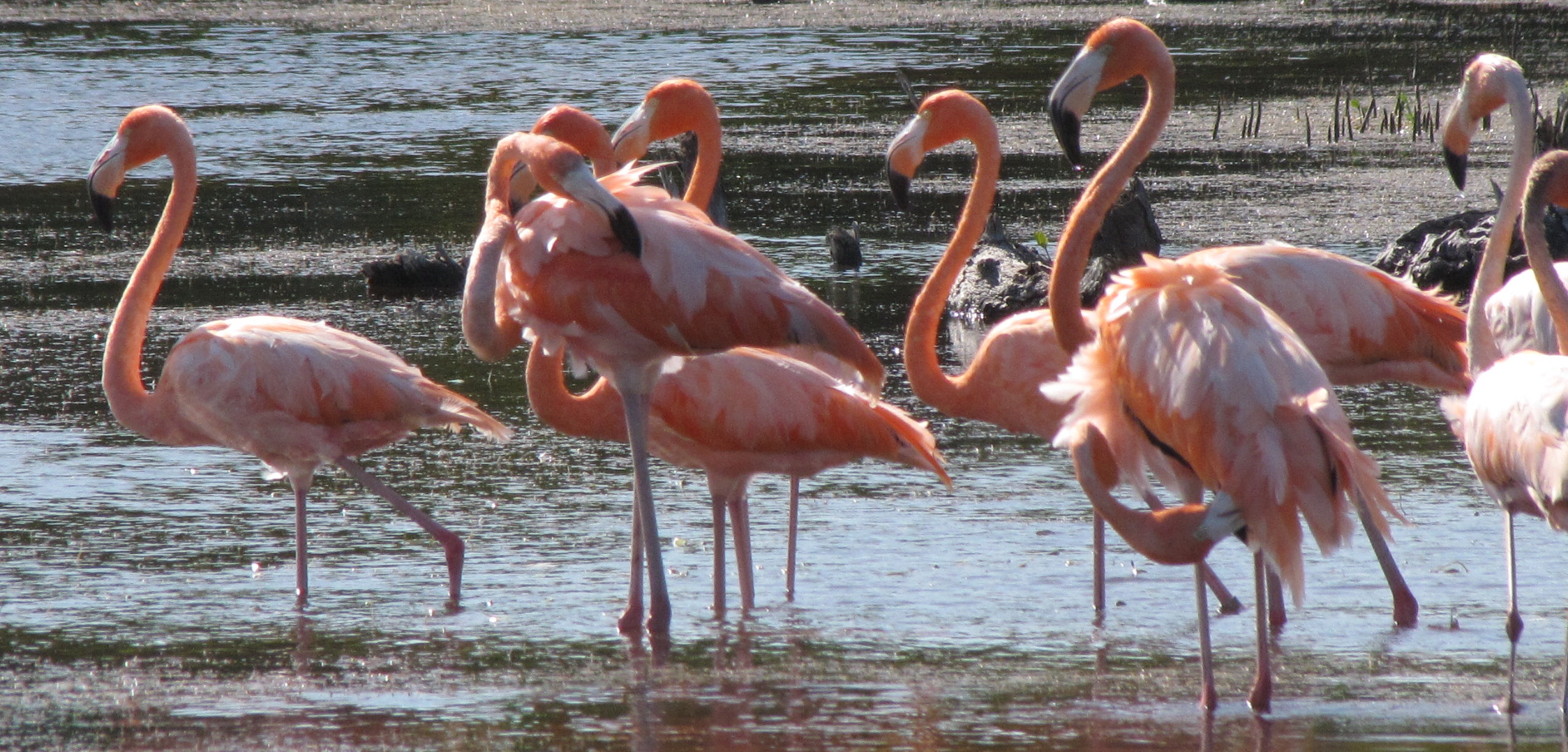
Copyrighted photo by Matt Molloy, 500 px; FAIR USE claimed by MeridaGOround
This Saturday is winter solstice. Our star, Sol, The Sun, will appear ever-so-subtly to begin its annual northerly march, delivering longer days and more light and warmth to our hemisphere, and to our lives. The ancient Mayans were astute observers of this phenomenon, ably predicting the event with amazing mathematical accuracy, long before the invention of the telescope brought the heavens visually closer for Europeans to argue that Earth was not the center of the universe. (“The church” fought this science, spilling blood in its futile resistance to truth – but that’s another story.)
Let’s think about light as metaphor, setting aside superstitions about a flat Earth at the center of a dying fallen world, and welcome the returning light of learning which ever increases our understanding of our place in creation, if we would grow wiser. Reading between the lines of scripture can be instructive in this exercise, for the letter killeth, but the spirit giveth life (see v.6). A flexible approach to reading tends to enlighten. (In a hurricane the rigid pine tree snaps, while the graceful palm bends and survives and grows more fruitful.) Yes, rigid literalism is a major problem in discerning truth.
Yesterday I was looking at various translators’ renderings of a popular Christmas verse: Behold, a virgin shall conceive, and bear a son, and shall call his name Immanuel (Isa 7:14). Some scholars and Bible students have long favored literalism, insisting that Mary, mother of Jesus of Nazareth, was a virgin — but this word can simply mean a young woman. This rendering can generate more heat than light! One scholar, an expert on ancient Bible languages, also a brilliant storyteller, has written a very credible novel titled Rabbi Jesus, arguing that Jesus was viewed in his hometown as born out of wedlock — which I’ve commented on, here.
Such a story might offend many believers, just as evidence that Earth was not central outraged many churchmen in Galileo’s day. Rather than personally taking a position on something as unprovable as a young girl’s virginity 2000 years ago, I found myself looking for the blessing in this more flexible prophesy. IF, as Professor Chilton argues, Jesus was born out of wedlock, how might that impact us? Doesn’t that make him more human? Could this be “a sign” that God cares deeply about all children?
The rendering which really grabbed my attention on this is from the Good News translation, which differs significantly from the New International Version (you can compare by using the pull-down menu: GNT, or NIV) by pointing out that the Lord’s sign would arrive through a young woman who was already pregnant. And, hey, although she didn’t name her child Jesus, but Immanuel (which means God with us) — her kid came to deliver a peace regarding God’s presence which Jesus clearly demonstrated later in life. He told us we are children of light. We can enter into that peace today. “The government is upon his shoulders”— a verse sung so powerfully in Handel’s Messiah: Unto us a child is born. (skip ad to listen)
Blessings to all readers.
Post Script : Nowhere in the gospels is the date of Jesus’s birth specified. The first time it’s pinned down to 25 December, or at least to the “Eighth day before the Kalends of January” is the year AD354, in the Roman calendar of Philocalus. The date seems to have been chosen to replace the prior festival, decreed by Aurelian, of the unconquered sun – Sol Invictus. ¶ As a midwinter festival of the sun, the date makes celestial sense. It falls just after the solstice, when the days are perceptibly lengthening. source.

I’m reasonably sure that the individual popularly known as “Jesus” was not born at the start of winter for the simple reason that shepherds in the Levant are not typically out “guarding their flocks by night” this time of year.
I think Matt Smith’s Doctor had the best explanation.
On every world where there are seasons, the people come together at the darkest, coldest time of the year. When the worst is over, they can all embrace and say, “There, we made it, the worst is over.”
Happy Christmas
CHRISTIAN SEX & MARRIAGE :
https://www.theguardian.com/commentisfree/2019/dec/24/christianity-sex-nativity-virgin-mary